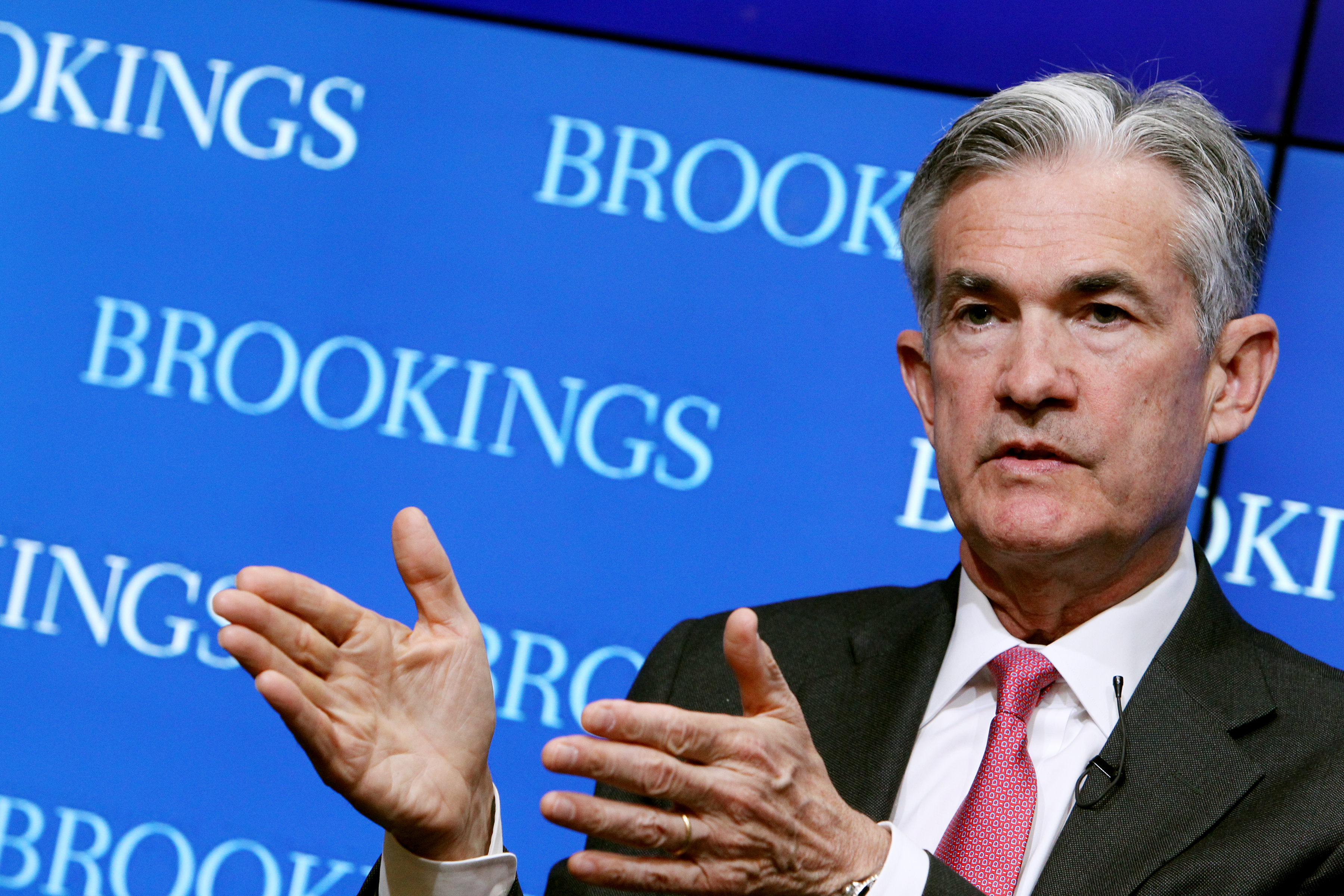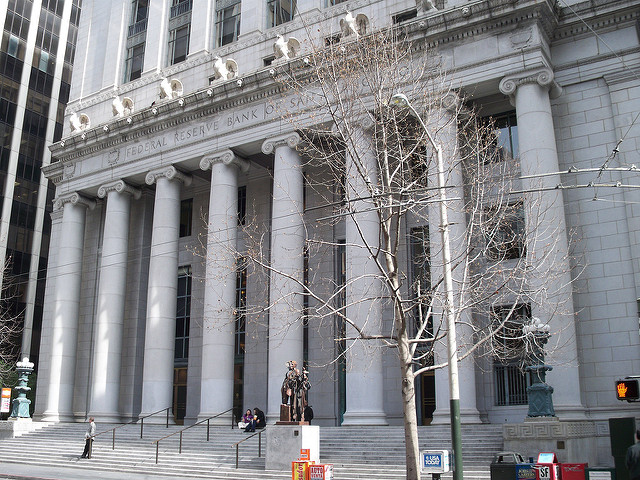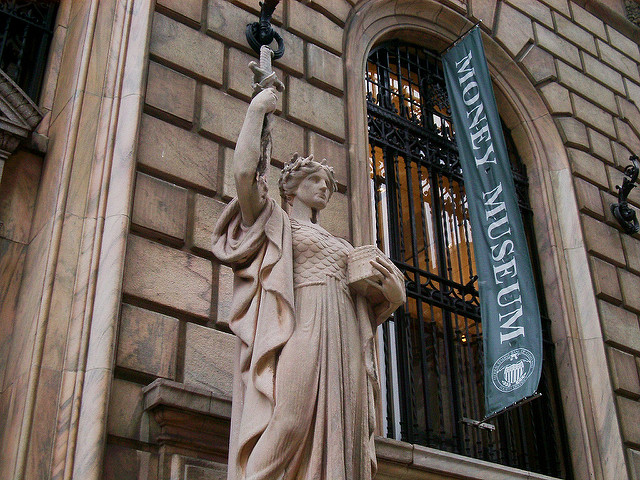Just Don’t Invert the Yield Curve

================================
Jerome Powell is not an economist, and as such, has the potential to try to remake the way the Fed does monetary policy.? Rather than hold onto outmoded ideas ideas like the Phillips Curve, which may have made sense when the US was a more insular economy, there are better ways to think of monetary policy from a structural standpoint of how financial firms work.
(Note: the Phillips Curve relies on a very simple assumption that goods and services price inflation stems from wage inflation, and that wage inflation occurs when domestic unemployment is low.? In a global economy, those relationships are broken when labor can be easily added from sources outside of the US.)
Financial firms tend to grow rapidly when the yield curve is steeply sloped.? Borrowing short and lending long is profitable, at least in the short-run.? This provides a lot of credit to the economy, which in the short-run, encourages growth, as businesses borrow to build supply, and consumers borrow, which temporarily boosts demand.
Financial firms tend to shrink?when the yield curve is flattish and certainly when negatively sloped.? Borrowing short and lending long is unprofitable, at least in the short-run.? This reduces credit to the economy, which in the short-run discourages growth, as businesses don’t borrow to build supply, and consumers borrow less, which temporarily reduces demand.
If there are misfinanced (too much short-term borrowing) or over-indebted areas of the economy, there can be considerable economic failure with a flat or inverted yield curve.? As I have said before, when the FOMC tightens without thinking about the financial economy, they keep tightening until something blows up, and then they loosen too much, starting the next cycle of over-borrowing.? I said this at RealMoney in 2006:
One more note: I believe gradualism is almost required in?Fed?tightening cycles in the present environment ? a lot more lending, financing, and derivatives trading gears off of short rates like three-month LIBOR, which correlates tightly with fed funds. To move the rate rapidly invites dislocating the markets, which the FOMC has shown itself capable of in the past. For example:
- 2000 ??Nasdaq
- 1997-98 ? Asia/Russia/LTCM, though that was a small move for the Fed
- 1994 ? Mortgages/Mexico
- 1989 ? Banks/Commercial Real Estate
- 1987 ? Stock Market
- 1984 ? Continental Illinois
- Early ?80s ? LDC debt crisis
So it moves in baby steps, wondering if the next straw will break some camel?s back where lending has been going on terms that were too favorable. The odds of this 1/4% move creating such a nonlinear change is small, but not zero.
But on the bright side, the odds of a 50 basis point tightening at any point in the next year are even smaller. The markets can?t afford it.
Position:?None
I also commented that housing was likely to be the next blowup in a number of posts from that era.? Sadly, they are mostly lost because of a change in the way theStreet.com managed its file system.
As such, it behooves the Fed to avoid overly flattening the yield curve.? In late 2005, I wrote at RealMoney.com that the Fed should stop at 4%, and let the excess of the economy work themselves out.? By mid -2006, they raised the Fed Funds rate to 5.25%, flattening to invert the yield curve, which collapsed the leverage in the economy in a disorderly way.
It would have been better to stop at 4%, and watch for a while.? Housing prices had peaked, and I wrote about that at RealMoney.com as well.? The Fed could have been more gradual at that point.? There really wasn’t that much inflation, and the economy was not that strong.? Bernanke may have felt that he needed to prove that he wasn’t a dove on inflation.? Who knows?? The error was unforced, and stemmed from prior bad practices.
In this case, the Fed does have an alternative to crashing the economy again.? I would encourage the FOMC to not raise rates over 2.5%.? When they get to 2.5%, they should start selling the longest bonds in their portfolio (note: I would encourage them to end balance sheet disclosure before they do this, after all, the Fed suffers from too much communication not too little.? The Fed was better managed under Volcker and Martin.)
This would test the resilience of the economic expansion, and if the economy keeps growing as long bonds rise in yield, then match the rises in long yields with rises in the Fed Funds rate.? This is a neo-Wicksellian method of managing monetary policy that could match the ideas of Jerome Powell, who was more skeptical than most Fed Governors about about Quantitative Easing [QE].
The eventual goal is to manage monetary policy aiming for a yield curve that has a low positive slope, allowing the banks to make a little money, but not a lot.? The economy would expand moderately, and not be as prone to booms and busts.
My summary advice for the FOMC would be this: before you flatten/invert the yield curve, start selling all of the long MBS and Treasury bonds with average maturities longer than 10 years.? That will slow down the economy more effectively than flattening the yield curve, and it is not as likely to lead to a crisis.
=======================
I have no illusions — the odds of the FOMC doing this is remote.? But given past failures, isn’t a new idea worthy of consideration?
PS — there is another factor here.? What happens to the financing costs of the profligate US government?








